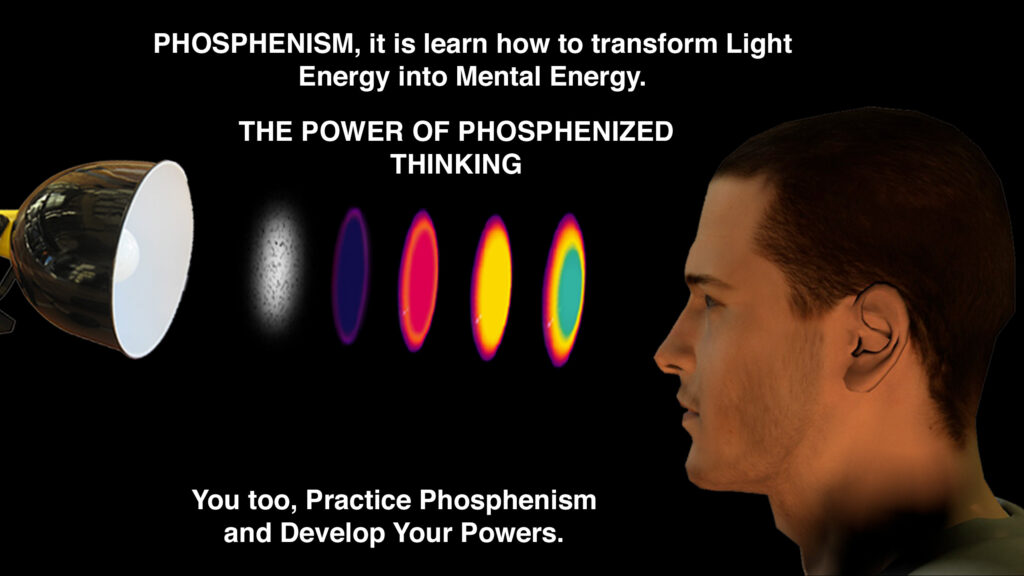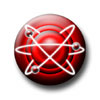VITAL ENERGY

VITAL ENERGY
The qi or chi, (pronounced ‟chee”) or ki (in Japanese), is a chinese word that can be translated by ‟breath”, ‟vapour”, ‟exhalation”, ‟flux”, ‟energy”. It is an essential concept of chinese culture.
According to this spiritual approach, the chi encompasses the whole universe and connects all living beings together; it flows within living organisms, along lines called meridians that intersect at a point called hara by the Japanese and dantian by the Chinese. This point is the ‟energy center” of the organism. The chi is thus present in all the manifestations of nature.
The concept of chi does not have a precise equivalent in Western traditions. Nevertheless, the concept of ether or fifth element of the alchemists can be interpreted as equivalent. The indian concept of prana is also very close. The notion of chi has inspired the concept of ‟The Force” in George Lucas’ Star Wars.
Chinese cosmology states that the chi, or original breath, precedes the binary scission of the yin and the yang, a scission that gave birth to the ten thousand wanwus that compose all the living beings in the universe. It is interesting to note that the chi is also at work in the mineral kingdom: the veins of the jade, in particular, are considered in interaction with the veins of the human body. Also, the geological strata of mountains are a macroscopic manifestation of the chi.
The center of energies (dantian in chinese, hara in japanese), point of intersection of all the meridians, is the ‟crossroads” of the chi. It is situated in the abdomen, roughly 3 centimeters (2 inches) under the navel.
Chinese medicine is based principally on the notion of qi.
The notion of chi is at the origin of techniques like acupuncture and massage, that consist in stimulating the intersections of the meridians. The purpose of ‟internal” martial arts, like tai-chi-chuan or qigong, is to maintain the balance and the dynamism of the chi in the body. Similarly in Japan, the purpose of shiatsu (massages) and of physical exercises (including breathing exercises) is to stimulate the ki.
The mastery of the qi through meditation and various exercises, is also part of the advanced teachings of Buddhism, highlighting the aspect of the chi that is related to mental activity.
The different Yogas of India teach the art of developing the chi (called prana in India), principally with breathing exercises.
The medicine and the science of the West, unable to find a scientific way to measure and observe the chi, pass over the concept in silence and barely tolerate the various forms of therapy that ensue from it.
Nevertheless, a French physician and researcher (Doctor Francis Lefebure) designed a set of techniques, a ‟scientifically improved yoga”, from a comprehension of human physiology based on the systematic use of the phosphenes.
The phosphenes are all the sensations of light that are not directly provoked by light stimulating the retina. They can be produced by focusing shortly on sources of light.
Thanks to the phosphenes, the action on the brain of the exercises meant to stimulate the chi can be measured precisely. Dr Lefebure called this protocol: ‟cerebroscopy”. From this principle, stems a rationalization of the exercises destined to develop energy, allowing a pragmatic evaluation of the techniques that are proposed by the various traditions.
Fundamentally occidental, Doctor Lefebure offers a simple but serious explanation of the principles that govern the development of the chi. This approach is particularly friendly to the Western mind, used to dealing in scientific terms.
The basic exercise is ‟Phosphenic Mixing”. Very easy to realize, it consists in mingling a thought with a phosphene. This process charges the chosen thought with the energy of light, triggering many positive effects, on an educational level (development of memory), on a personal level (improvement of concentration) and on an initiatory level (enrichment of the theme of meditation).
Then, there are many varied rhythmic thinking exercises: sways of the head, rhythmic breathing, repetitions of mantras and static muscular tensions. The goal of these exercises is to associate the phosphenes to rhythmic thinking, a process that develops the chi in a considerable manner.
Indeed, Doctor Lefebure’s ground-breaking discovery is the understanding of the very foundation of all traditions and initiations, and the capacity to demonstrate it.
Extract from Phosphenism, a scientific explanation of the origins of religion:
‟Religious rites and the rhythms of the phosphenes:
When it is observed, the phosphene seems to present but an uncoordinated agitation. Nevertheless, it is possible, in a way, to dissect the phosphene and to detect several separated very regular rhythms, though at first glance, their interferences give the impression of disorder.
This study of the rhythms of the phosphenes is essential to understand their relationship with religious rites. If one thinks while observing a phosphene, one’s thoughts tend to take the natural rhythms of the phosphenes, even if one has the subjective impression that it is the phosphene that is adapting itself to the rhythm of their thoughts.
We can understand why (…) praying while focusing on the sun has been at the origin of all religious rites. The rhythm of the solar co-phosphene actually induces the rhythm of prayer and their combination generates currents of energy in the body that are exteriorized in the form of dances and postures.”
A rhythmic thinking exercise for developing the qi
During a particularily difficult physical exercise (going up a steep hill on a bike or on foot, for example), you can pratice a rhythmic thinking exercise that will help you to overcome this challenge, thanks to the extra energy it generates.
Do a phosphene by focusing briefly on the sun (no more than one or two seconds). Focusing on the sun should always be practiced without glasses (even sunglasses) or contacts, as they could produce a burn on the retina.
Repeat mentally a mantra, at a rhythm of six beats per second. You can, for example, repeat the sound ‟ki” six times per second or, in a more musical approach, ‟Ti ki ti Ti ki ti Ti, etc.” accentuating each ‟Ti”.
After a few minutes, the energy produced by reciting the mantra changes your state of consciousness, allowing you, in a way, to forget tiredness and pain while bringing you extra muscular energy.
This process can be found in all the working or marching songs that have been used by many different cultures.
Importante Note
We have done our best to provide you with the most accurate translation of our french website. Nevertheless, it is possible that some language errors may remain. So, don’t hesitate to contact us to communicate them to us.
Thank you for your indulgence and for your consideration of the many hours spent translating all our pages and, more particularly, all the testimonies we share with you so that you may become aware of the impact that Phosphenism can have on those who practice it.
Wishing you the best with your practice of Phosphenism.
Daniel Stiennon (Dr. LEFEBURE School Director, France)



